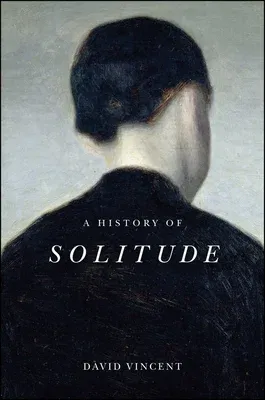Solitude has always had an ambivalent status: the capacity to enjoy
being alone can make sociability bearable, but those predisposed to
solitude are often viewed with suspicion or pity.
Drawing on a wide array of literary and historical sources, David
Vincent explores how people have conducted themselves in the absence of
company over the last three centuries. He argues that the ambivalent
nature of solitude became a prominent concern in the modern era. For
intellectuals in the romantic age, solitude gave respite to citizens
living in ever more complex modern societies. But while the search for
solitude was seen as a symptom of modern life, it was also viewed as a
dangerous pathology: a perceived renunciation of the world, which could
lead to psychological disorder and anti-social behaviour.
Vincent explores the successive attempts of religious authorities and
political institutions to manage solitude, taking readers from the
monastery to the prisoner's cell, and explains how western society's
increasing secularism, urbanization and prosperity led to the
development of new solitary pastimes at the same time as it made
traditional forms of solitary communion, with God and with a pristine
nature, impossible. At the dawn of the digital age, solitude has taken
on new meanings, as physical isolation and intense sociability have
become possible as never before. With the advent of a so-called
loneliness epidemic, a proper historical understanding of the natural
human desire to disengage from the world is more important than ever.
The first full-length account of its subject, A History of Solitude
will appeal to a wide general readership.

